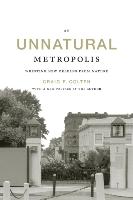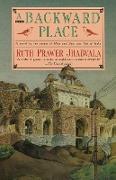An Unnatural Metropolis
BücherAngebote / Angebote:
An Unnatural Metropolis" offers an in-depth look at a city and society uniquely shaped by the natural forces it has sought to harness.
Strategically situated at the gateway to the Mississippi River yet standing atop a former swamp, New Orleans was from the first what geographer Peirce Lewis called an "impossible but inevitable city." How New Orleans came to be, taking shape between the mutual and often contradictory forces of nature and urban development, is the subject of "An Unnatural Metropolis." Though all cities must contend with their physical settings, Craig E. Colten demonstrates that New Orleans may be the city most dependent on human-induced transformations of its precarious site.
Colten traces engineered modifications to New Orleans's natural environment from 1800 to 2000. Before the city could swell in size and commercial importance as its nineteenth-century boosters envisioned, builders had to wrest it from its waterlogged site, protect it from floods, expel disease, and supply basic services using local resources. Colten shows how every manipulation of the environment made an impact on the city's social geography as well-often with unequal, adverse consequences for minorities-and how each still requires maintenance and improvement today. For example, while the massive levee system has controlled the unpredictable Mississippi, it also captures heavy downpours, creating a new set of internal flood problems. Recent federal regulations and environmental activism have converted the river from a sewage carrier to a protected water supply, reclassified garbage dumps as hazardous waste sites, and attempted to restore some of the city's swamps-but with difficult social and political adjustments.
Folgt in ca. 10 Arbeitstagen




